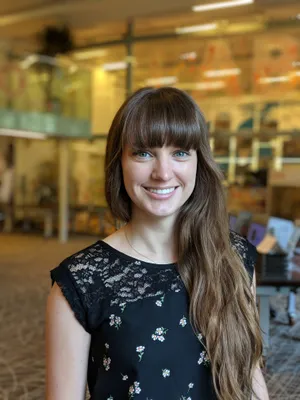NATIONAL MUSEUM OF NATURAL HISTORY
Meet the Scientist Studying How Cellphones Change Societies
In this month’s “Meet a SI-entist,” we will introduce you to the scientist studying the global history of cellphones.
/https://tf-cmsv2-smithsonianmag-media.s3.amazonaws.com/blogging/featured/Man_sitting_at_a_table_with_cellphones..jpeg)
Dr. Joshua Bell is a self-described people-person. It’s why he transitioned from archaeology to cultural anthropology when he realized he was more interested in the people around him than the objects he was excavating. So it’s no surprise that while working from home during the COVID-19 pandemic, Bell misses daily interactions with his colleagues at the Smithsonian’s National Museum of Natural History. But as a curator of globalization, he’s been paying attention to how people are staying connected during this period of isolation — particularly through mobile devices.
As part of the “Meet a SI-entist” series, we caught up with Bell to talk about globalization, how anthropology is changing and his shifting feelings about cellphones.
What do you do at the Smithsonian?
I’m a cultural anthropologist which means if people do it, I can study it. For the last 20 years, I’ve done field work in the Purari Delta of Papua New Guinea documenting, witnessing, interacting and collaborating with the people there. But my official title is Curator of Globalization. It gives me an opportunity to rethink our collections in interesting ways. For example, our collections from the 1928 New Guinea Sugar Cane Expedition help tell the story of how New Guinea has played a role in global history, because it’s where sugar cane was first domesticated. Many people wrongly think of Papua New Guinea as remote and outside of time, but I try to show how this is a false narrative and the region still plays a global role.
But like many of my colleagues, I wear a lot of hats. I’m also acting director of the National Anthropological Archives and the director of the Recovering Voices program, which aims to connect our collections to Indigenous and Native American communities to help them document and revitalize their languages and traditions. This is especially important for groups facing language and cultural erosion in the face of globalization. A lot of great projects have come out of the Recovering Voices program, like the Mother Tongue Film Festival and the Tuku Iho project.
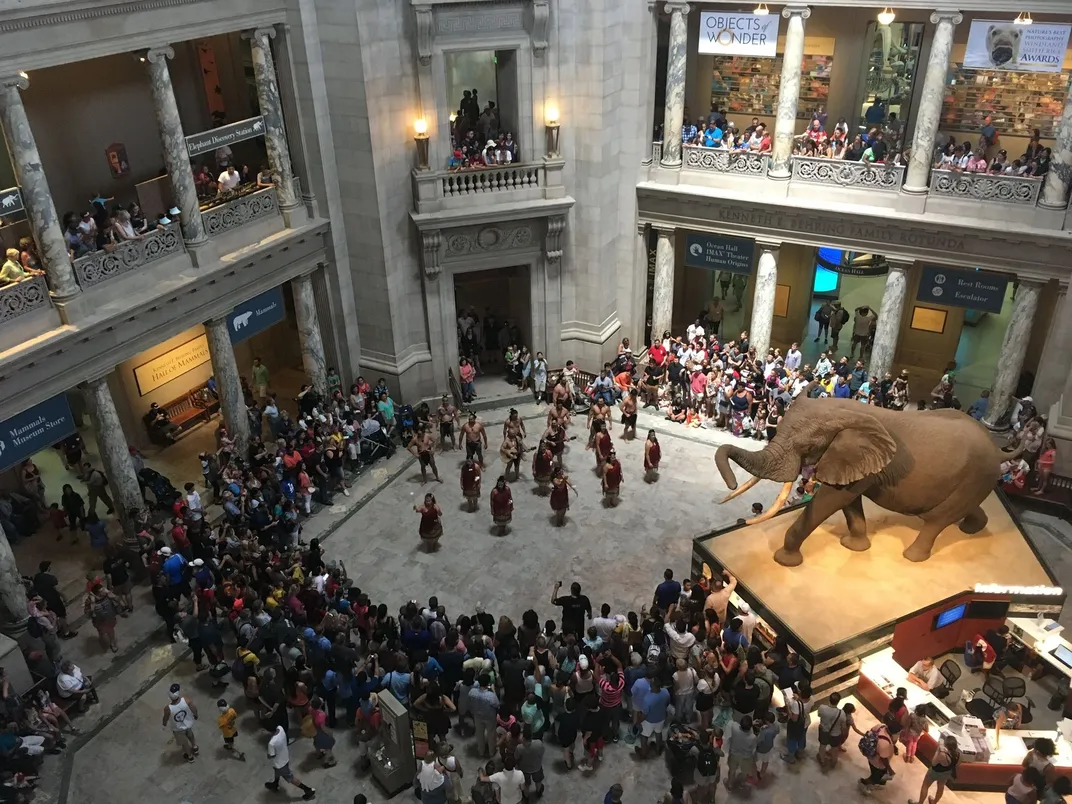
What excites you about working at the Smithsonian?
The depth and breadth of the collections always blows my mind. For me, the collections represent people, places, histories and ways of being. I’m interested in how we can work with communities to share these stories — particularly of people we haven’t heard about or from before. There’s nothing more profound than working with people who are gracious enough to come to the museum and collaborate to unpack the histories and knowledge in our objects.
I feel incredibly privileged to be able to work at the museum. It’s a job I don’t take lightly because it comes with a lot of responsibility that requires humility, especially as a white male curator whose job entails being a steward of all this diverse cultural material. At the museum, we engage with a wide, diverse audience, and communities can and do come to us and say “hey, you’re representing us wrong.” We have to get it right, so it’s a job that keeps me and my colleagues very honest and open. And it takes a lot of time because we have to build trust.
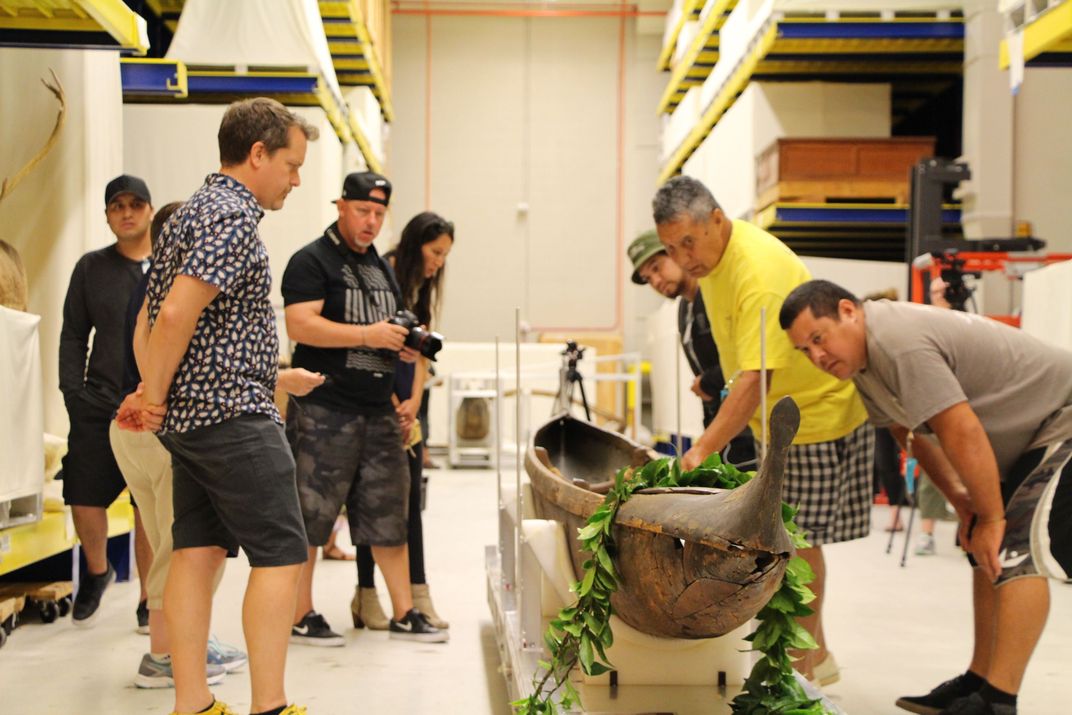
You’re working on an exhibit about cellphones, which seems like an odd topic for a natural history museum. Could you tell us more about it?
When I started working here in 2008, the iPhone had just come out. It struck me how smartphones embody globalization, because they’re made of materials from many different places and they connect users around the world. That planted the idea in my head for an exhibit that would show all the people, places and supply chains that are bundled up in cellphones, and examine how these devices affect us personally and socially.
Along with revealing the hidden connections between people in cellphone production and usage, I also wanted to make sure that everyone who works on the show is included in the exhibit. I’m tired of the “lone curator” narrative. Revealing hidden labor in museums is something that I am invested in as an anthropologist.
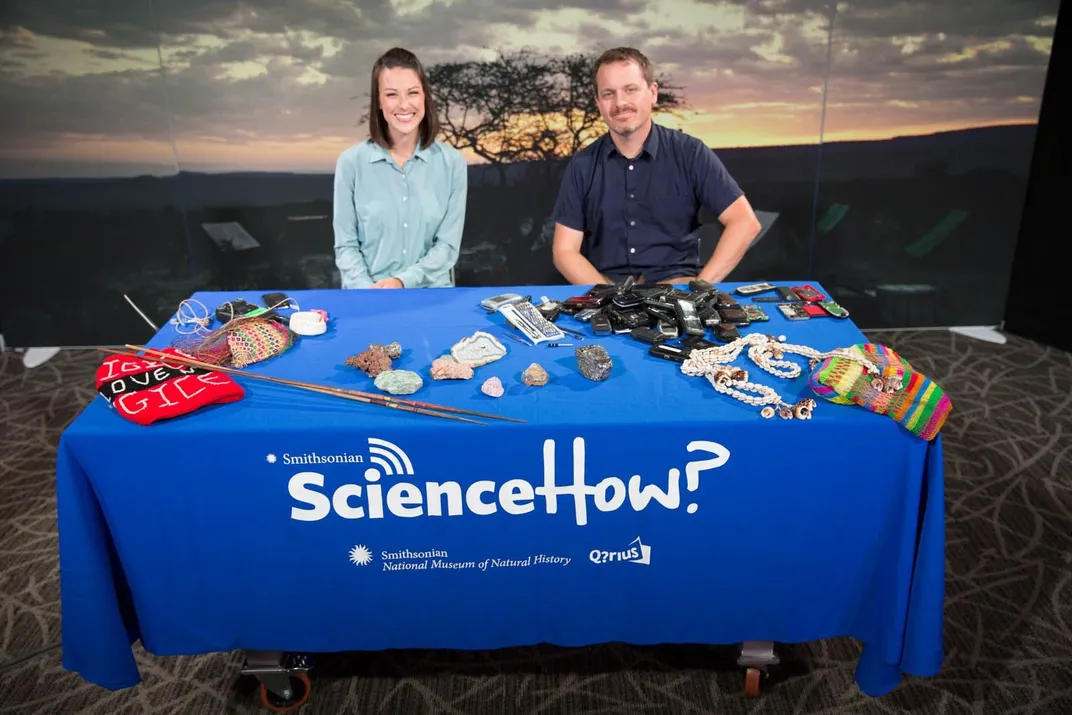
Have the pandemic and the protests changed the way people are using cellphones? Or changed your view of them?
I’m not sure that the pandemic and recent demonstrations have changed how we use cellphones, but this moment has allowed us to appreciate their capabilities more. I have always viewed cellphones ambivalently: they’re amazing tools that connect us to the world, but at the same time this connection raises concerns about privacy. In light of COVID-19 and the current protests though, I now view our devices in a much more positive light. How profound is it to be able to see and talk to your loved ones on video during quarantine? Or — as with Darnella Frazier’s film of George Floyd’s murder — to document abuses of power and share world-changing moments in real-time? One of the stories we’re focusing on in the upcoming exhibit is the Black Lives Matter movement, and how cellphones have this ability to amplify the impacts of protests.
This ties into the exhibit’s idea of “unseen connections.” We are all interconnected through what we consume, what we watch and by living on the same planet. Often, it takes something breaking down to reveal these ties and how important something is in our lives. If your smartphone stops working, you’ll notice all it does anew. A similar thing is happening now in the country where COVID-19 and the protests are making us look closely at our society. They’re exposing big systemic wrongs and fault lines that have been too long overlooked. These events are calling us to bear witness — and hopefully pushing us to change.
We’re living through challenging times. Is there anything that makes you optimistic for the future?
Definitely the next generation. I haven’t been able to join the protests because of my own worries about COVID-19 and having small kids, but seeing young people standing up in big and small ways has been profound. Smithsonian Secretary Lonnie Bunch said in an interview that to protest is patriotic, so to see everyone out there makes me proud and very optimistic that when I’m old, young people will show us the way.
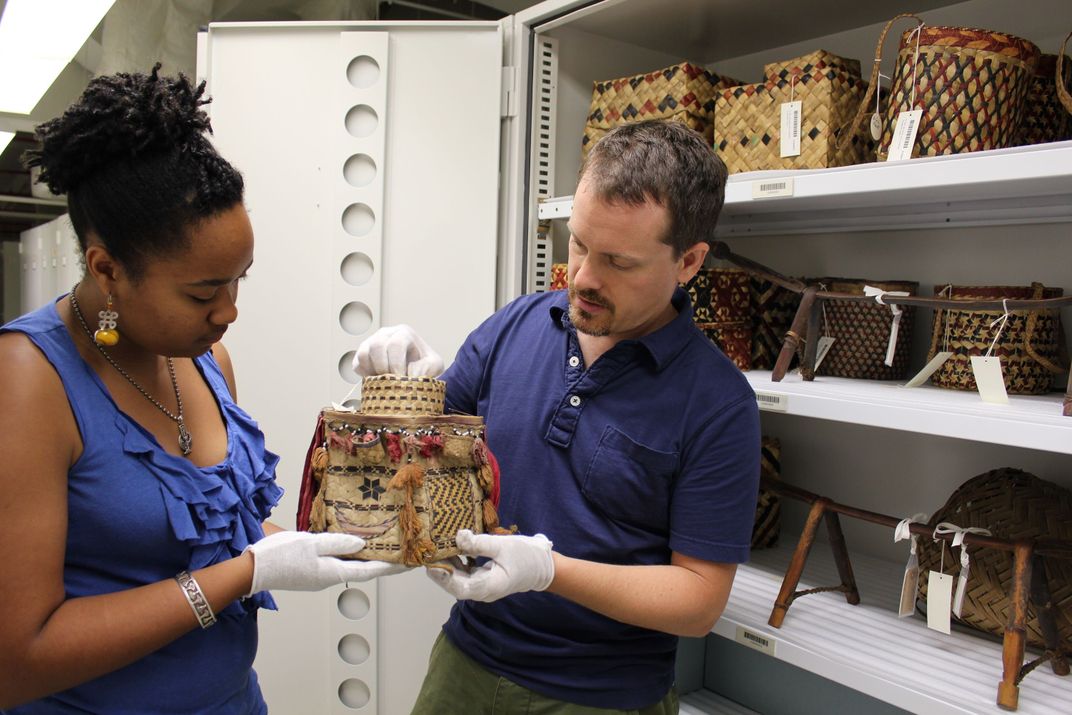
In anthropology, we always learn not only from our elders but also from those who come after us. I’m very excited to see what the next generation of anthropologists — who are living through the pandemic and involved in the protests and very active in Black Lives Matter — can teach me and how they will push the field in different directions. This is why I teach and mentor interns. For as much as I help my students, I’m always learning from them.
Meet a SI-entist: The Smithsonian is so much more than its world-renowned exhibits and artifacts. It is a hub of scientific exploration for hundreds of researchers from around the world. Once a month, we’ll introduce you to a Smithsonian Institution scientist (or SI-entist) and the fascinating work they do behind the scenes at the National Museum of Natural History.
Related stories:
Get to Know the Scientist Reconstructing Past Ocean Temperatures
Meet the Scientist Studying How Organisms Become Fossils
Get to Know the Scientist Studying Ancient Pathogens at the Smithsonian

